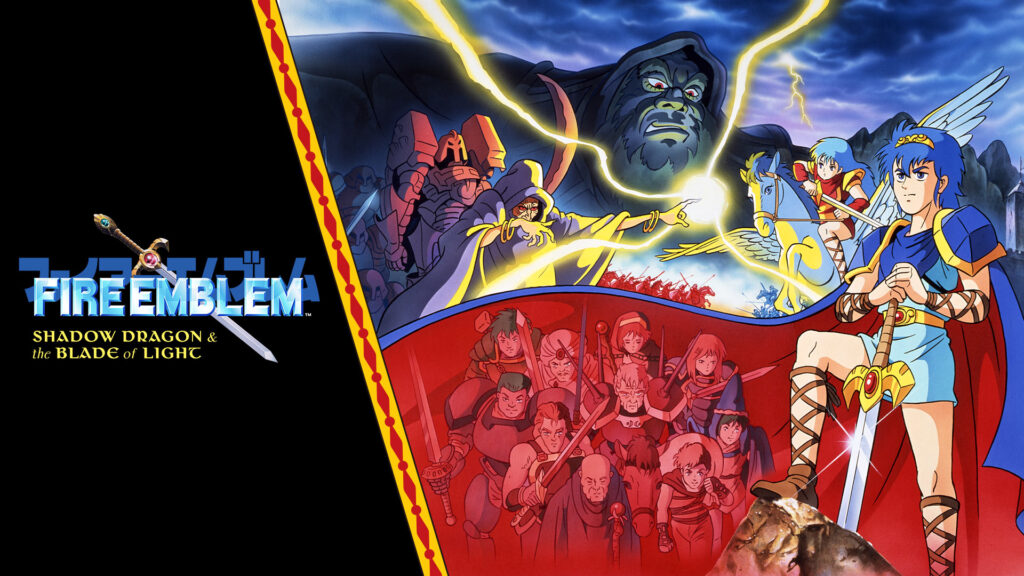
It’s not often you see the brand new release and official localization of game as old as Fire Emblem: Shadow Dragon and the Blade of Light. Heck, some gamers that are playing this one now aren’t even old enough to have been born when it was originally released in 1990. Now, Fire Emblem is practically a household name, as is Intelligent Systems, the studio that created it, Advance Wars, and a host of other Nintendo classics. After North Americans’ first introduction to Fire Emblem characters with the Gamecube’s Super Smash Bros. Melee, Nintendo finally released the 6th game in the series on GBA in the US in 2002 simply as “Fire Emblem”. It was fairly popular, immediately spawning the localization of the sequel as well and the rest, as they say, is history.
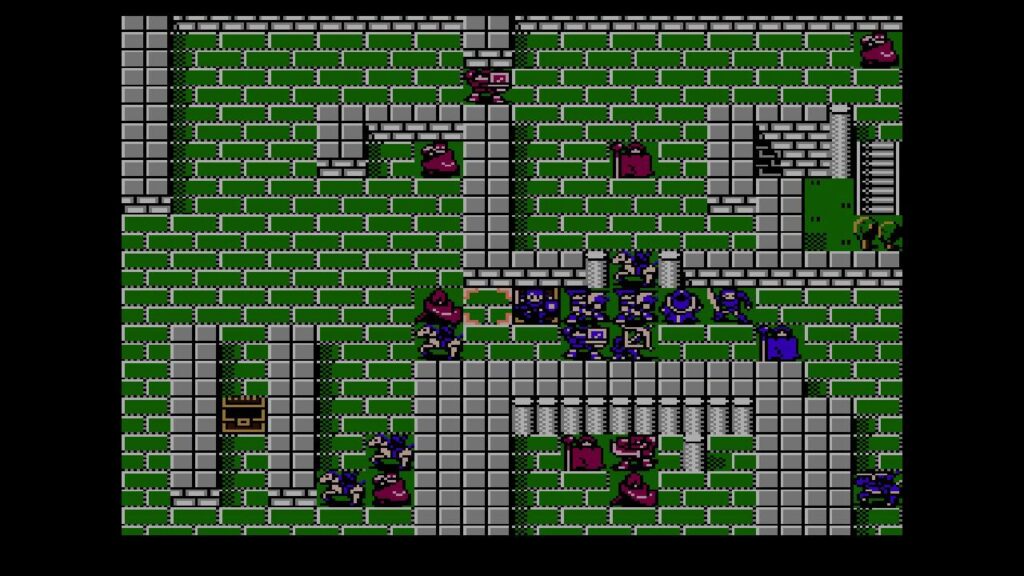
Personally, I didn’t start gaming seriously until the mid-90s myself and while I was playing X-Com: UFO Defense a few years later, I didn’t hear about the Fire Emblem series at all until the early 2000s when ROM localizations started filtering onto the net and that first GBA game released. That was the first real taste us gamers got of all the content we’d been missing in Japan. Sure, there were a few importers back then and you could get the occasional playable game from Japan, but it was damned difficult. Eventually, that turned into a small cottage industry of hardcore gamers with tech skills and EPROM writers making custom carts so that we could play all the great stuff that never made it to these shores, a bit of a grey market where you could buy a legit cart and have it reprogrammed with a labor of love fan translation of some of the best that the cartridge era had to offer. In fact, for years now I’ve had a fan-translated copy of Fire Emblem: Shadow Dragon and the Blade of Light sitting in my collection, complete in the box as it was the only way to play it in English on a console.
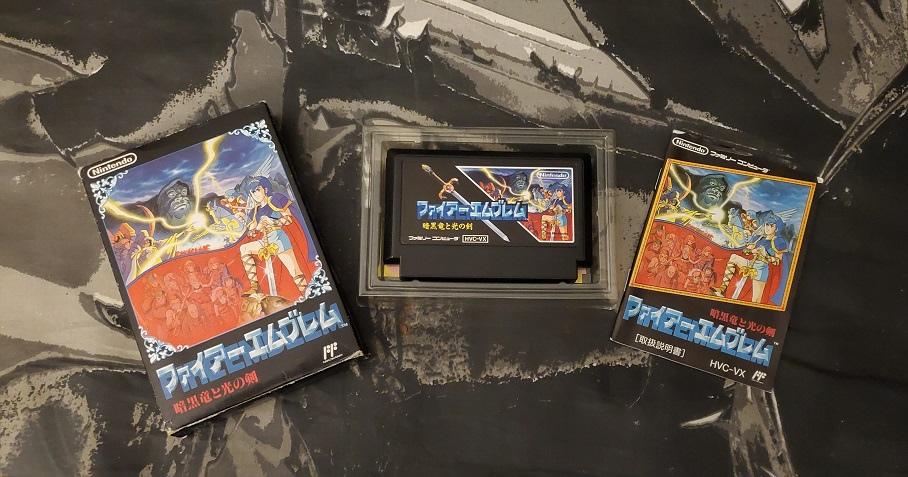
Due to the overwhelming popularity of the series, Nintendo has finally deigned to release the Famicom version of Shadow Dragon (there was a domestic remake available on the Nintendo DS as of 2008 which I also bought). Sure, there’s some weirdness with it being a limited digital release for no apparent reason and the archivist in me rails at the lack of a physical Switch cart, but it’s finally here at a very modest price of $5.99. Currently, Fire Emblem: Shadow Dragon is available on the Switch eShop and limited physical 30th anniversary editions (with digital codes and a wealth of fan goodies) have made it out via various stores into the gaming world. They’re exceedingly limited and already skyrocketing on the secondary market since many stores oversold them and then cancelled preorders on rabid fans. I was unable to get one myself, having had my Amazon order cancelled for just that reason. At least we have the actual game, officially translated and here at last!
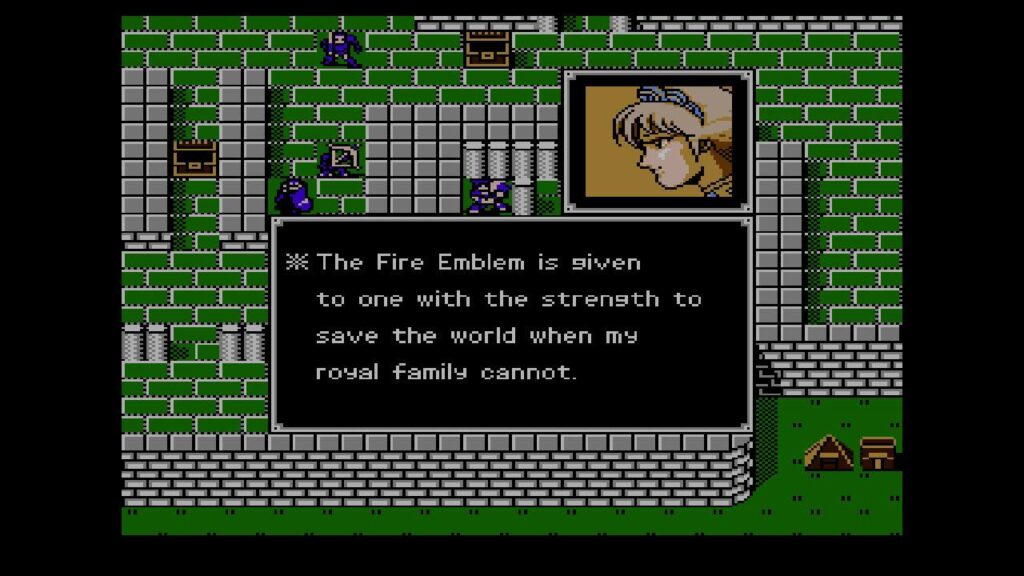
What exactly is Fire Emblem: Shadow Dragon and the Blade of Light other than an incredibly long title though? Well, Intelligent Systems set out to make a turn-based tactical strategy game merged with concepts from role-playing games of the era, and that’s exactly what you have here. This is one of the earliest games of that style available on console, predating most other major franchises. While I was cutting my teeth on Warsong (later to be known as the Langrisser series here), the Japanese were experiencing the exploits of Marth, a young prince whose goal is to restore peace to the land of his birth, Altea and eventually the entire continent of Archanea. The plot is interesting but not detailed and is shown through a series of dialogue scenes at the beginning of each tactical scenario. This turn-based combat is the meat of the entire game, 25 scenarios where you’ll have to test your mettle against a host of medieval and fantasy-inspired foes to prove your strategic prowess.

Fire Emblem: Shadow Dragon is the template that the entire rest of the franchise is based on, but it’s also probably the most pure tactical release in the series. There are no frills here, no guides, no hand-holding, no weapons triangles to guide you to which weapons are more effective on who. Instead there’s just the combat grid and a plethora of enemies to defeat. Modern gamers may have a bit of an issue with this one as there’s no way to tell what items do, what anything on the screen really represents, or anything one would normally expect from a game like this due to the age and direct localization of the game’s content. In other words, figure it out as you go and suffer. It should be noted that this was the first RPG-inspired tactical game to ever include permadeath for its characters. Lose an ally in combat and they’re dead, pure and simple. That applies to anyone except for the main character, Marth, at which point its game over of course. Anyone else, regardless of how important they are to the plot is fair game though. It’s an enduring staple of the Fire Emblem franchise and it forces you to really pay attention to what moves you’re making if you want your characters to survive.

Gameplay consists of selecting your characters, moving them to where you’d like them, and then confirming your selections. After you choose placement, you’re prompted to attack if able and/or use items. Select a weapon for attacking, then sit back and see what happens. All actual combat is taken care of by the computer so you just have to decide who you want to go where and watch the fireworks. Weapons and items are breakable, much like The Legend of Zelda: Breath of The Wild, and have limited uses before they either need to be repaired or replaced. There are armories on most maps that allow you to replenish weapons and convoys that allow for storing weapons and items and retrieving them on other maps if needed. Naturally, there’s a cost/benefit analysis that needs to be done here as characters must physically travel to armories and convoys and use actions (and money) to retrieve items. You can only hold four items and you use a turn visiting each place and must then use more turns to reach the characters you want the armaments to go through. This isn’t just a tactical game but a logistical one as well, since constant monitoring is required of your entire party’s inventory and weapons status. It’s a good thing there are some Pegasus units to ferry those weapons about!
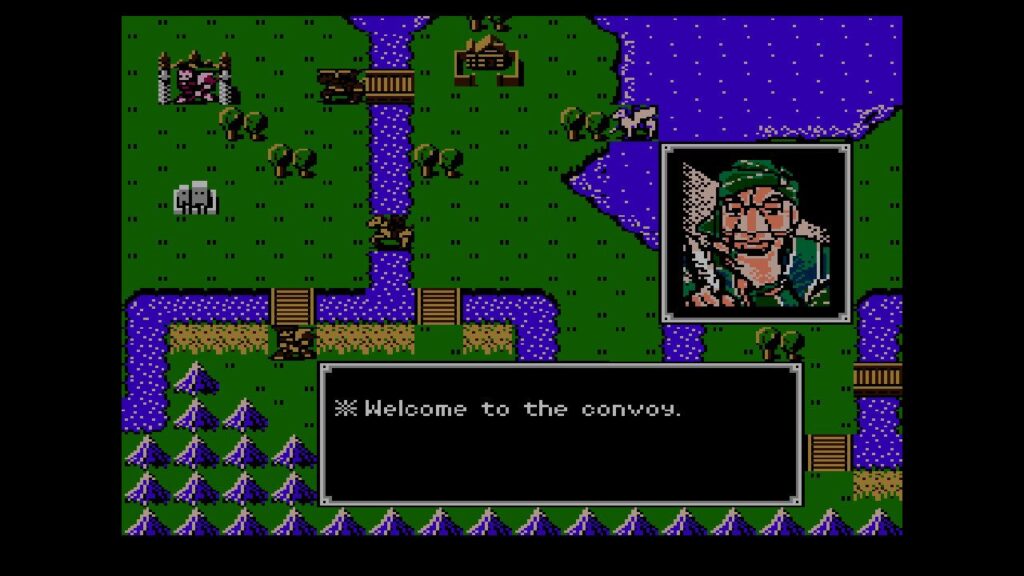
There are no handy light-up grids here to tell you where you can move. Simply more your character once highlighted and see how far they can go. Once your move is selected, combat begins if applicable. Marth for example, has an initial attack, faces the enemy’s counterattack, and usually has a follow-up attack based on what weapon he’s using. Each weapon is different in terms of strength and number of attacks. On top of that, iron weapons are the weakest and silver are the strongest. You’ll eventually also gain access to magic spells, staves, and even thieves that can steal useful items for you if you’re fast enough. Send in the wrong units and they’ll get slaughtered too, as soldiers can’t hold a candle to cavalry but heavily armored foes eat most opponents for breakfast. All of this is learned on the fly, forcing you to pay close attention to the results of each combat to learn what works and what doesn’t. Eventually, you will have moved all your units and it will be time to end your turn and see what your enemies do.

Turn-based tactical games depend on the skill of the enemy AI and Fire Emblem: Shadow Dragon’s AI is no slouch. Go in too hard and you’re guaranteed to be routed. Originally in the Famicom version of the game, this meant resetting and starting the scenario over from the beginning if you made too many errors or your attacks didn’t connect but fortunately Nintendo has thrown in a few basic quality of life improvements to this release. You can set a single bookmark anytime during play which can immediately be resumed if you screw up. This bookmark also allows you to instantly resume gameplay mid-scenario after closing the software, but mostly it’s for trying out new tactics and then resetting the board if they don’t work. Oddly, save states are not included, even though they’re on both the NES Mini and Switch Online and are actually included in the Japanese Switch Online version of the game. However, you can at least rewind your turn to the previous turn and get a free do-over at no cost, allowing you to test various full approaches to enemy responses and refine your strategy. Both are excellent improvements that not only make the game more playable for beginners but remove some of the excess time wasted in restarting an entire level. Considering the average level takes around an hour or so to complete and there are 25 stages in Fire Emblem: Shadow Dragon, you’re saving a lot of time with these functions, especially if you make a tactical error late in a stage.
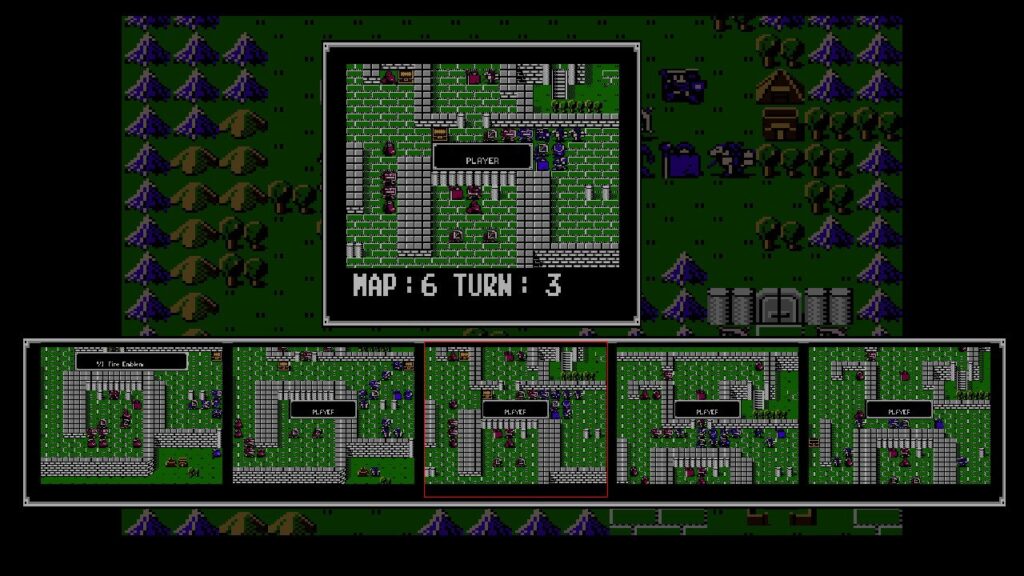
By now, you might be thinking that this is all still pretty straightforward. Play through, backtrack when needed, get through the old game as a novelty. But Fire Emblem: Shadow Dragon has a few more tricks up its sleeves. Say you’ve managed to survive a stage, no one has died, and you’ve routed the enemy by decimating every unit on the field of battle. But Ogma and Caeda (two of your playable character) didn’t win any battles. After all there are only so many enemy combatants, right? You don’t think anything of it and start the next stage. But both Caeda and Ogma are still low level and the enemies are even tougher! That’s right. The game doesn’t have auto-leveling. Don’t use a unit and it stays weak but continues to accompany your band of heroes. Select them in the next mission or even worse two later when you’ve started to level up your favorite characters and your opponents will make absolute mincemeat out of them! This forces you to try to balance out your combat units by advancing ones you might normally ignore or bringing them up from the back for the kills and higher experience totals. Ignore your units at your own peril, as the game auto-saves each stage and that includes your final character levels. It’s an elegant system for a more civilized age.

The first thing any player will immediately notice when playing Fire Emblem is the age of the visuals. Fire Emblem: Shadow Dragon and the Blade of Light is not a pretty game. It’s a pretty old game, and this absolutely shows in the visuals. Sure, the cover on the eShop has a nice cartoonish look to it, but this is a NES game and it absolutely shows. There are no new skins, no option to use a DS game overlay, nothing. You can play in pixel perfect 4:3 aspect ratio NES mode or the default stretched mode for an experience that fills the screen a bit better (but not entirely!) without distorting the characters. That’s it. This is about as bare bones of a release as can be. You can speed the text up, and turn the animations on or off if you want, but nothing else. The sound is similarly simplistic, with options to have it on or off and the original chiptunes only, even though there’s a wealth of modern Fire Emblem music available. No jukebox, nothing, as the original release didn’t have any of that. This is a pure NES-style gaming experience, and as such, it will likely be difficult for some gamers to tolerate.
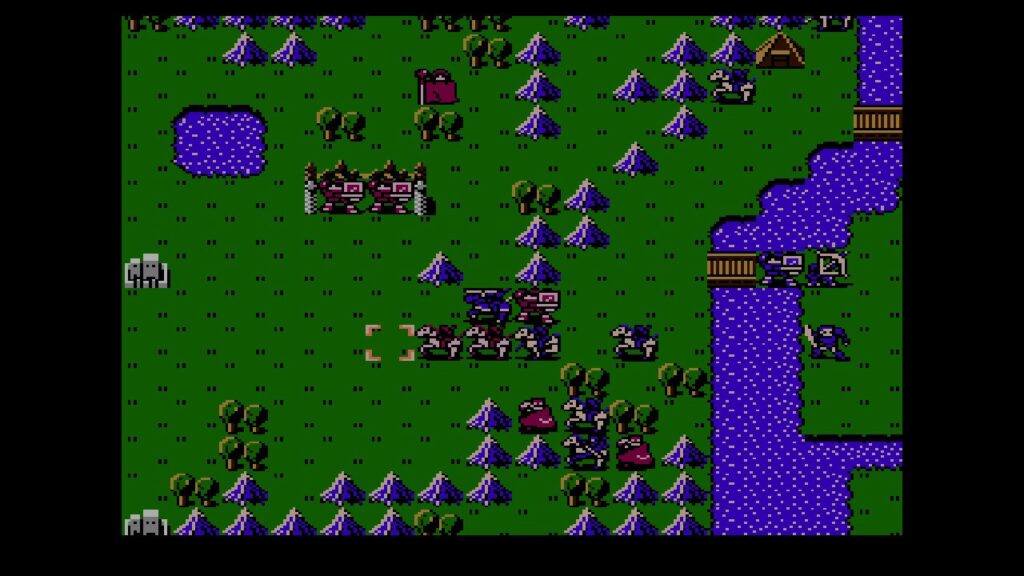
Fire Emblem: Shadow Dragon and the Blade of Light is a unique piece of gaming history that’s finally been bestowed upon the gaming community. As with most games from this era, it’s challenging and unforgiving, featuring a no-nonsense approach to strategy without all the frills and quality-of-life improvements that gamers have become accustomed to. That being said, it’s also a tough but fair strategic challenge that still holds up 30 years later. If you’re any sort of serious tactical fan, Fire Emblem: Shadow Dragon holds its own with heavyweight titles much newer than itself and even manages to surpass some of them with it’s simple-looking visuals and devilishly tricky unit management. This is a powerhouse of a game that without question, more gamers should experience. Considering how cheap it is and how much gameplay is packed into it, Fire Emblem: Shadow Dragon and the Blade of Light packs more than enough punch if you’re willing to play through the dated visuals and sound. Chances are good that it’ll make you a better tactician too. Do not miss the chance to play the original Fire Emblem game while there’s still time! It’s worth every single minute you put into it!

This review is based on a digital copy of Fire Emblem: Shadow Dragon and the Blade of Light provided by the publisher. It was played on a Nintendo Switch in both docked and undocked modes and was excellent on both! All screenshots are from actual gameplay. Fire Emblem: Shadow Dragon and the Blade of Light is a Switch exclusive and available until March 2021on the Nintendo eShop. Physical copies of the game with digital codes are available in extremely limited quantities as well, if you’re lucky enough to manage to get one!

